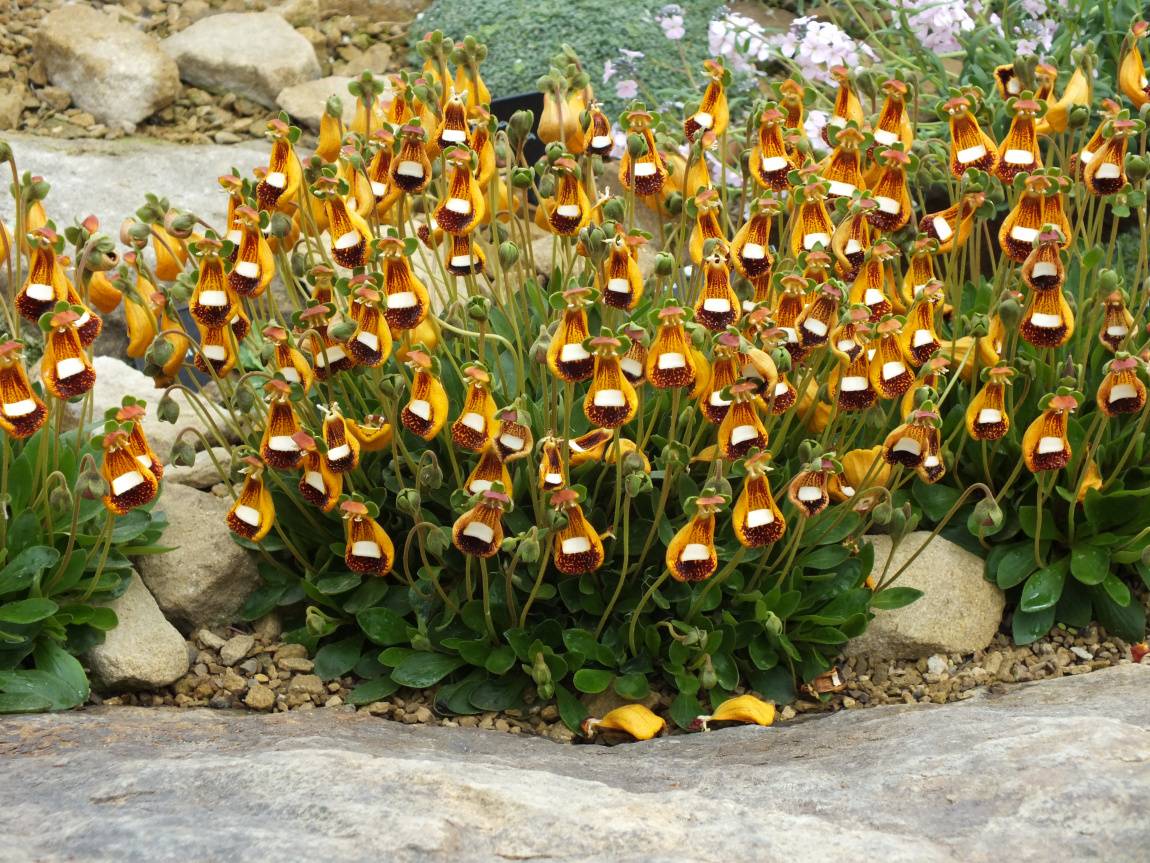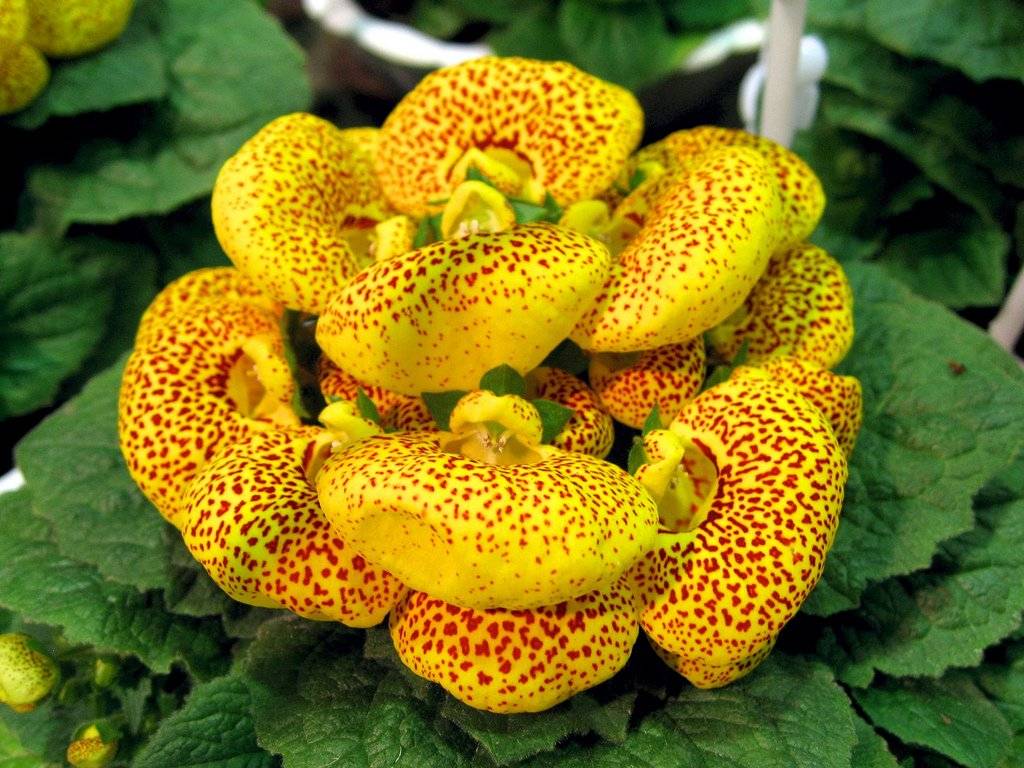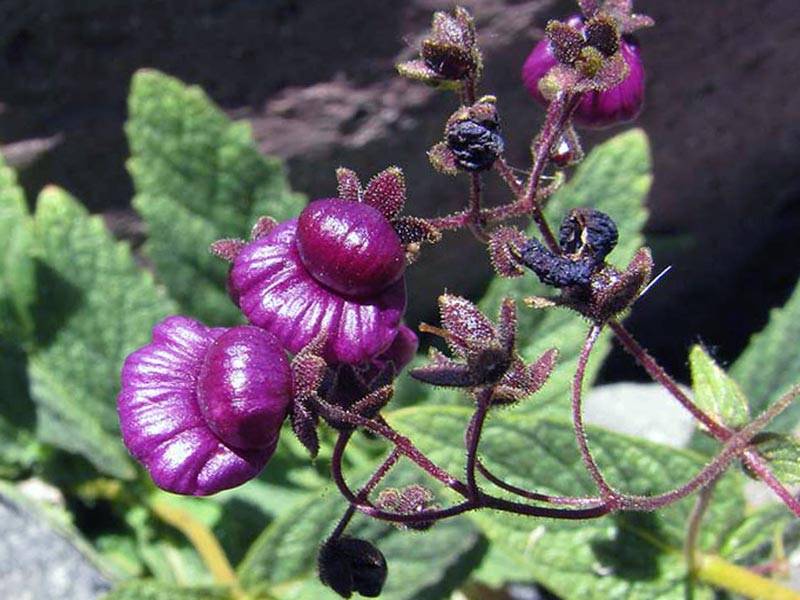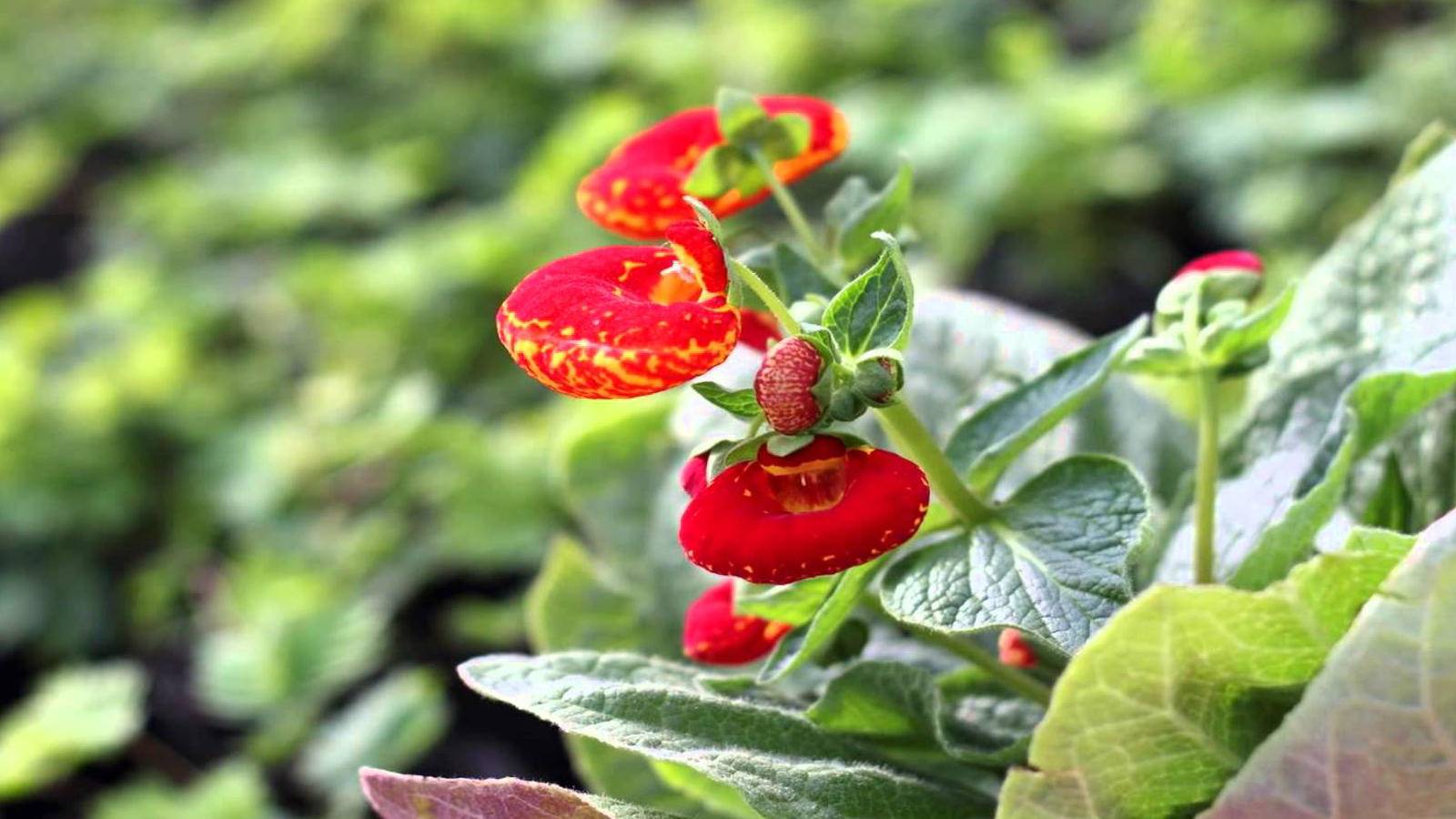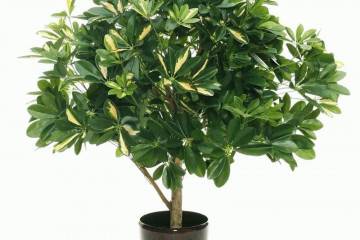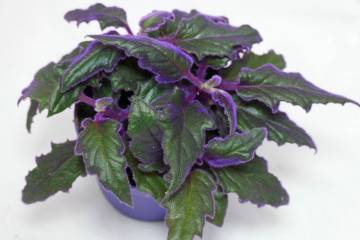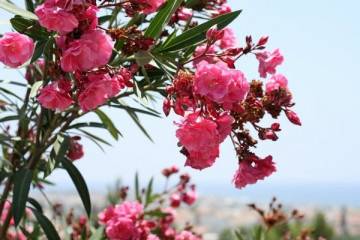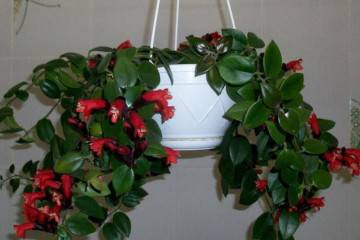Calceolaria flower - home care
Content:
- What is one-flowered calceolaria (lat.Calceolaria Uniflora), or lady's slipper
- Popular types of calceolaria for growing in the garden
- Calceolaria: planting and care at home from seeds
- Growing calceolaria from seeds at home
- When to plant seeds for seedlings
- Calceolaria: seedling care
- Seedling care
- When and how to plant calceolaria outdoors
- Watering mode
- Top dressing
- Calceolaria: care during flowering
- Features of care during the rest period
- How the indoor calceolaria flower winters in the conditions of northern latitudes
- Potential pests and diseases
Biennials, evergreen perennials of calceolaria are different, these flowers are very recognizable due to the unusual shape of their flowers. They are grown in gardens and at home on windowsills. You can choose a variety according to your taste by the color of the flowers and the size, if you know how to care for it.
What is one-flowered calceolaria (lat.Calceolaria Uniflora), or lady's slipper
The herbaceous perennial is sometimes grown as an annual plant. On sale, it is most often found under the name of the lady's slipper.
The origin and appearance of the plant
One-flowered calceolaria, or lady's slipper, is a perennial, it was first discovered on the islands of the Tierra del Fuego archipelago off South America. In natural forms, yellow-white-burgundy flowers reach 10 cm in diameter. Quite short (about 3 cm) leathery leaves are colored dark green.
Several erect peduncles grow from the basal rosettes, at the end of which buds bloom. The color of the flower depends on the place of growth and varies greatly. There are buds of a variegated monochromatic color, as well as orange, red, yellow.
Calceolaria: garden flower
Indoor varieties are temperature sensitive. A light coolness of 12-15 ° C suits them, when the temperature rises, the flowers quickly wither and fall off. To grow in the garden, the plant will need a similar temperature regime.
Since in early spring, when active growth and flowering occurs, it is not difficult to provide such a temperature, the flower is grown together with snowdrops, viols, primroses and other primroses. If the summer temperature rises above 23-25 ° C, the daily drop is less than 7 ° C, there is little rain, the air is dry, then there is a high probability of rapid aging and death of calceolaria.
Popular types of calceolaria for growing in the garden
Among a fairly large variety of modern varieties and hybrid forms of calceolaria in garden culture, the following showed the best results.
Calceolaria Mexican (lat.Calceolaria Mexicana)
A low-growing (on average 25 cm, but sometimes 50 cm) flower originally from Mexico has oval fleecy leaves growing on branched shoots. Two-lipped yellow flowers are very small, from 5 mm in diameter, bloom at the ends of the shoots.Prefers very wet partial shade, sheltered from the wind. Blooms for 3 weeks from May to June. The plant is used to decorate borders against the background of decorative deciduous crops, often near water bodies. Lures a lot of pollinators and produces a lot of seeds.
Calceolaria wrinkled, or whole-leafed (lat.Calceolaria Rugosa, Calceolaria Integrifolia)
This variety differs from the previous one by a long flowering period, starting in April and ending in October. The native land of the species is Mexico. The traditional color of flowers (about 2 cm across) is yellow, but there are specimens with more or less dense brown specks. Erect stems stretch up to 25-50 cm upward, they branch strongly and form a round rather compact bush. The broad, pointed leaves are pale green.
Calceolaria purpurea (lat.Calceolaria Purpureа)
On average, the bushes grow up to 50 cm. They differ from others in the rich purple-violet color of flowers and shoots. Leaves with a pronounced jagged edge have the same shade. Calceolaria is a flower that looks unusually graceful and looks most advantageous next to garden crops with pale green or yellow foliage.
Calceolaria tender (lat.Calceolaria Tenella)
Truly a crumb among calceolaria. The total height of a tiny bush with flowers does not exceed 8 cm. The leaves are colored dark green and are collected in a basal rosette. Branching shoots grow from it, at the ends of which buds bloom. The flowers are painted mainly in a rich yellow color, but there are clearly visible red specks and stripes on the lower lip.
Calceolaria crenate (Latin Calceolaria Crenatiflora)
This species was discovered in Chile. Bushes only 10 cm high are covered with numerous buds, blossoming yellow or yellow-orange flowers about 2.5 cm long with four noticeable green stipules. Foliage and shoots are pale green. Flowering lasts 3-4 weeks in July. The name is given to the species for the crenate edges of the foliage.
The miniature Chilean grows up to 10 cm in height. Leaves are ground cover and crenate along the edge. Flowers up to 2.5 cm in length, they are yellow with purple spots, two-lipped. The variety blooms in July with single flowers or collected in bunches of 2-5 pcs.
Calceolaria: planting and care at home from seeds
In addition to ensuring an optimal temperature regime, an optimal soil composition is required, to which the plant is very sensitive. The soil mixture is prepared the same for all varieties, be sure to include the following components in it:
- peat;
- leafy soil;
- humus;
- coarse river sand;
- shredded fern roots;
- charcoal and ash;
- crushed activated carbon.
Growing calceolaria from seeds at home
Many gardeners prefer to buy calceolaria seedlings, since growing them from seeds is not a task for a beginner.
When to plant seeds for seedlings
Calceolaria blooms at the age of about 8 months. Based on this, sowing is carried out most often in the summer in order to get flowers next spring. But if you wish, you can sow seeds in December-January to admire the flowers this year.
Calceolaria: seedling care
If a seed reproduction method is chosen, then the step-by-step procedure is as follows:
- Prepare a soil mixture. The height of the planting container should be up to 10 cm.
- Sowing is carried out on the soil surface without deepening.
- Sprayed with a spray bottle and covered with foil.
- The germination time is up to 15 days. All this time, you need to remove the film for 1-2 hours daily for airing.
Seedling care
With the emergence of seedlings, the container is placed in diffused light and the temperature is slightly lowered to 17-18 ° C. After 2 months, you can pick individual pots.
When and how to plant calceolaria outdoors
The exact time of landing is determined by observing the weather. When the night temperature settles within the range of 13-18 ° C, you can transplant the seedlings into open ground by transshipment. Before that, it is hardened for a week in the fresh air for about 2-3 hours in the afternoon, leaving the pots in the shade.
Watering mode
Water so that the soil under the bushes is always moderately moist. In this case, water droplets should be avoided on flowers and leaves, as this will lead to their decay. This is one of the reasons why calceolaria are planted on small slopes.
Top dressing
If there is a sufficient amount of humus in the soil, then fertilizers will not be required. If there is a deficiency of nutrients during irrigation, a complex mineral fertilizer is applied in a minimum concentration twice a month (for example, Agricola for flowering).
Calceolaria: care during flowering
When the buds are blooming, it is important to pay attention to the regularity of watering. Fertilizers are not applied at this time.
Features of care during the rest period
With the end of flowering, all wilted peduncles are completely cut off, preventing the plant from spending energy on ripening the seeds. Watering is reduced to moderate, since the phase of active growth by this time ends.
How the indoor calceolaria flower winters in the conditions of northern latitudes
When the night air temperature drops to 7 ° C, it is necessary to cut off the entire aerial part. The roots are dug up together with a clod of earth and transferred to pots. They are removed to the basement, where at a temperature of 4-7 ° C they remain until March-April. Then they are transferred to a warm room (15-17 ° C), watered and left in diffused light.
Potential pests and diseases
Aphids and whiteflies are hardest hit by calceolaria. Only specialized insecticides will help from them. Of the diseases, the greatest threat is gray rot, against which copper-containing fungicides (topaz, Bordeaux liquid, etc.) are used.
In gardens and flower beds, calceolaria remains a rather rare guest. It cannot be argued that the plant is too capricious. Nevertheless, the tight temperature limits limit the possibilities of its cultivation, as does the need to dig up roots for the winter.

